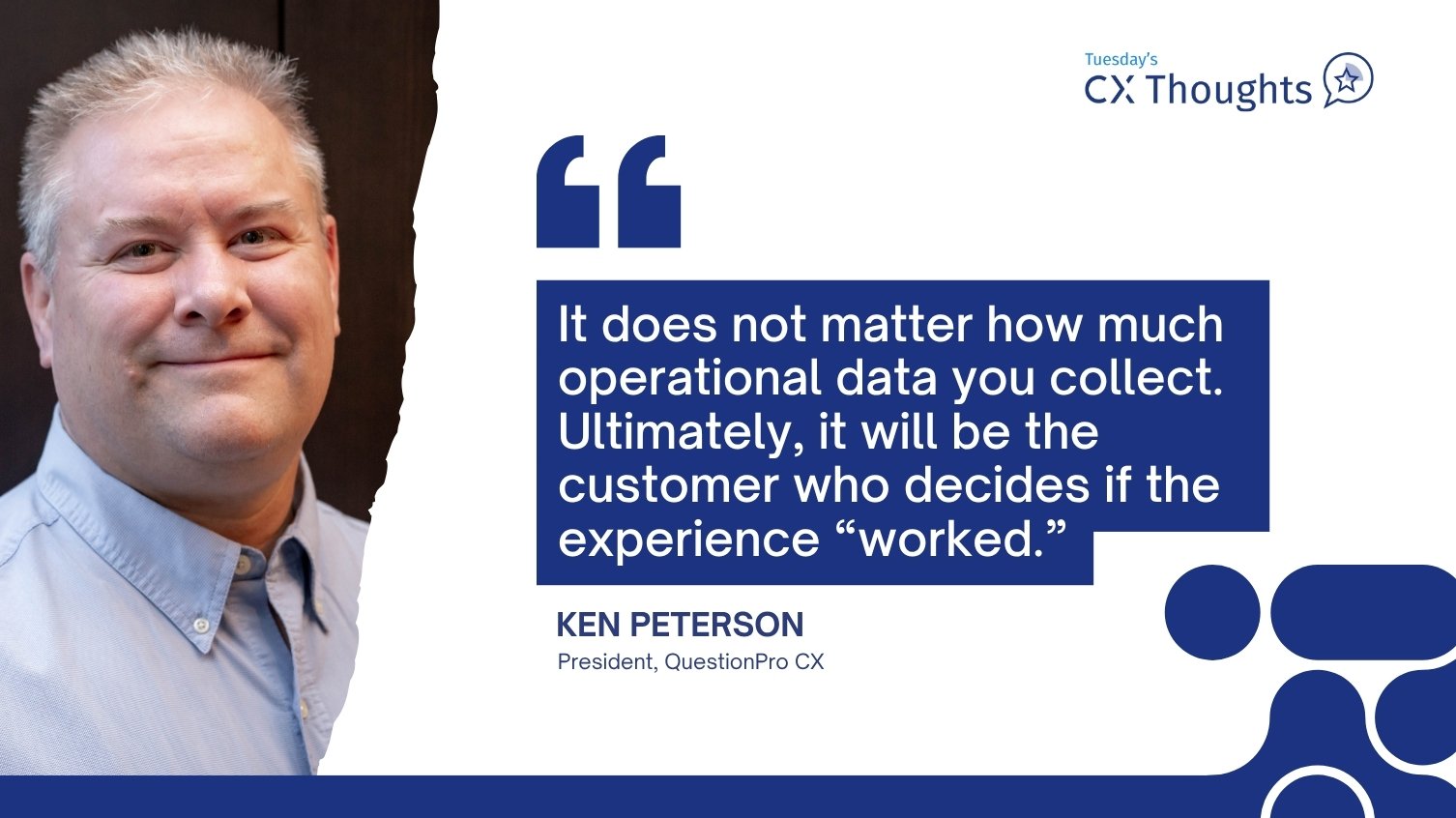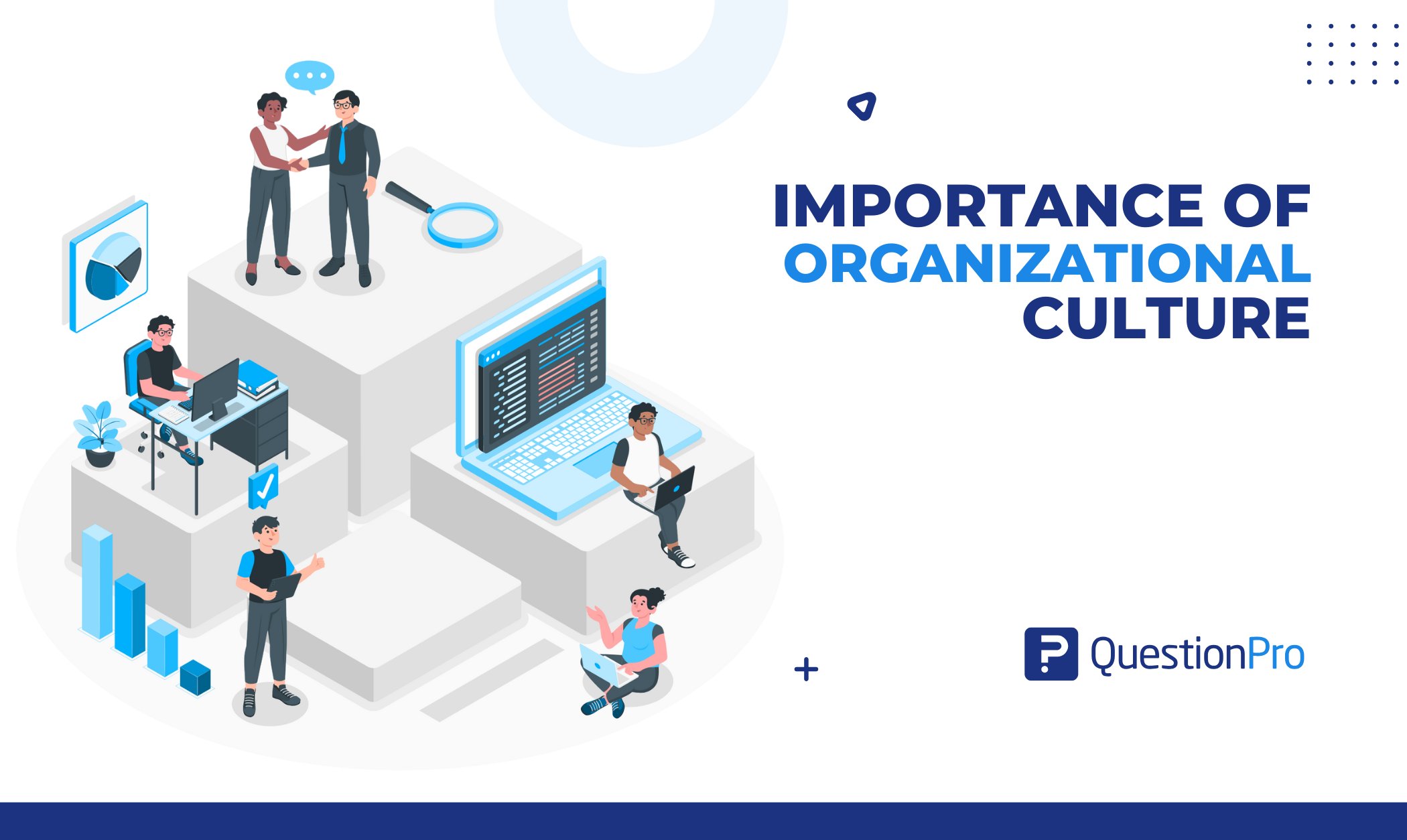
Nominal Scale and Ordinal Scale are two of the four variable measurement scales. Both these measurement scales have their significance in surveys/questionnaires, polls, and their subsequent statistical analysis. The difference between Nominal and Ordinal scale has a great impact on market research analysis methods due to the details and information each of them has to offer.
LEARN ABOUT: Level of Analysis
Nominal Scale is derived from the Latin word “nomalis” which denotes “related to names”, is usually used to indicate categories. These categories have corresponding numbers allotted for analysis of collected data. For example, a person’s gender, ethnicity, hair color etc. are considered to be data for a nominal scale.
Ordinal Scale, on the other hand, involves arranging information in a specific order, i.e. in comparison to one another and “rank” each parameter (variable). For example, after a customer shops from a retail outlet, he/she is asked to fill out a kiosk survey: “On a scale of 1-5, how was your shopping experience?” –
- 1 indicates extremely unsatisfactory, 2 is unsatisfactory, 3 is neutral, 4 is satisfactory and 5 indicates extremely satisfactory.
- Here, the data collected will be on an ordinal scale as there is a rank associated with each of the answer options, i.e. 2 is lower than 4 and 4 is lower than 5.
- But, in the ordinal scale, it is not mandatory for the difference between 4 (satisfactory) and 2 (unsatisfactory) to be the same as the difference between 5 (extremely satisfactory) and 3 (neutral), as the number is not assigned for quantitative measurement but is purely for tagging purposes.
LEARN ABOUT: Perceived Value
Every statistician should evaluate this difference precisely as the other two variable scales, i.e., Interval and Ratio are articulately calculated. Before we go ahead with the discussion about Nominal vs Ordinal scales, here is a brief description of Nominal and Ordinal levels of measurement-
Nominal Level of Measurement: In nominal level of measurement, variables are differentiated by their namings. These variables have no order or hierarchy associated with them.
Numbers associated with the names are mere tags with no mathematical aspect linked to them. These variables are descriptive in nature. In terms of statistics, nominal scale is the easiest to understand and implement. These variables have minimum two divisions such as Male/Female, Yes/No.
LEARN ABOUT: Descriptive Analysis
This scale has no numerical value, for example – gender, ethnicity, race etc.
LEARN ABOUT: System Usability Scale
Ordinal Level of Measurement: In ordinal level of measurement, the order of variables is critical. The difference between these variables is not established and is not an integral aspect of this measurement scale.
The variables are identified and described along with allotting a value to each of these identified variables. In market research, ordinal scales are used to analyze relative perceptions, choices, and feedbacks, i.e., marketers can evaluate the degree of customer satisfaction or happiness, understand whether their newsletters should go out more often, etc.
We invite you to read: The “Nominal Ordinal Interval Ratio” Scales
Nominal vs Ordinal Scales: Points of Difference
In any business, the knowledge of different measurement variables is a prerequisite as it allows owners to make well-informed and statistical decisions. Every measurement scale a unique degree of detail to offer, such as Nominal scale offers basic detail and Ratio offers maximum detail.
| Factors | Nominal Scale | Ordinal Scale |
| Description | The variables of this scale are differentiated by their nomenclature and none other factors.
There is no implied sequence in which variables exist in nominal scale | These variables have a naturally occurring order present between them yet the difference between variables is unknown.
The value of difference between two variables on this scale cannot be calculated. For instance, the order of size is small, medium, large, extra large. But Small – Medium ≠ Large – Extra Large. |
| Degree of Quantitative Value | There is no quantitative value associated with variables on this scale. Instead, it is a qualitative measurement scale. | Quantitative values are linked to ordinal variables but arithmetic evaluation cannot be conducted on these variables. |
| Key Differentiators |
|
|
| Examples |
|
|







